Yosemite National Park is world-famous. The name elicits mental images of all the famous sights there such as Half Dome and Yosemite Falls. Many people, including many Californians, think that's all the park has to offer. However, those famous sights are nearly all located in or adjacent to Yosemite Valley, a very small part of the park. The rest of the park gets a fraction of the use that the valley gets, which I why I usually avoid the valley. Eventually I must return there, of course, and during a lesser-used time of year such as winter. That time has not come yet, but perhaps next year after I retire.
THE PLACE
The park is located on the west slope of the Sierra Nevada range of California. It has tremendous variety, with elevations from 600 meters to 4000 meters and environments ranging from the extremes of hot dry foothills of Mediterranean climate to alpine tundra and glaciers (the glaciers unfortunately about to disappear due to warmer temperatures). The middle elevations of the park are within one of the great coniferous forests of the world, the California montane forests, nourished by tremendous annual snowfall in its upper portions. Portions of these middle elevations, and nearly all of the high country, are glacially sculpted.
Only one road crosses the park from west to east, the Tioga Road, named after Tioga Pass on the crest of the Sierra Nevada at the east border of the park. The road is closed by snow most of the year, usually opening by late May. Ninety-five percent of the park is protected from all development (including roads) as designated wilderness under the federal Wilderness Act of 1964.
Once one crosses Tioga Pass out of the park one is on the eastern side of the Sierra Nevada, a whole different world in so many ways. This region is in a rain shadow, so everything is drier than the west side from the top of the mountains to the bottom. Rather than dropping down into a Mediterranean climate as on the west slope, the mountains drop into a true desert climate. This would be a cold desert east of Yosemite and a hot desert farther south. Now we are in a true interior continental climate with harsh temperature extremes. The region east of the crest is made up of a series of endorheic basins (that is, areas that does not drain to the sea), collectively known as the Great Basin. This region has a number of salt lakes, the most famous of which are the Great Salt Lake in Utah and Mono Lake in California.
This east slope of the Sierra Nevada is colloquially known as the Eastern Sierra. The portion east of Yosemite is my favorite part.
MY TRAVEL
I first began going to Yosemite National Park as a small child and it's always been a part of my life. I've often gone there during the peak of autumn color, a very pleasant time of the year. Unfortunately I'd missed the previous autumn in the park, and had only brief autumn trips the two years before that, due to insatiable work obligations at the time. This year I had a little more time to spare and arrived in far more relaxed condition.
I debated whether to post this here or under travel, but in the end this location make more sense. After an initial explanation of context I'll have little to say about travel
per se.
EQUIPMENT
I brought two camera systems, a compact one and a performance one. The compact one was an Olympus EM10 with the Olympus 12-40/2.8 and the Panasonic 30-100/2.8. The performance system was a Nikon D810 with various prime lenses, the Nikon 14-24/2.8, and the 70-200/4. The former was easily accessible and the latter was securely locked away.
I ended up using the EM10 almost exclusively. It was right there, and very easy to use and carry. I ended up paying for this convenience with reduced dynamic range due to the small sensor. Still, the camera is a trouper and the lenses performed very well. It's a nice travel kit, and very similar to one of three travel kits Thom Hogan recently recommended.
THE PHOTOS
You won't see any photos here of the familiar sights of Yosemite because I didn't go there. Furthermore, on my first day I arrived in mid-day and conditions were unattractively hazy, so shots of distant subjects or grand scenery would have looked rather flat. Instead I looked closer for compositions.
My first stop was at a favorite location only a few miles inside the park, where Pacific dogwood trees (
Cornus nuttallii) provide a beautiful understory to a coniferous forest, in this case incense cedars (
Calocedrus decurrens):
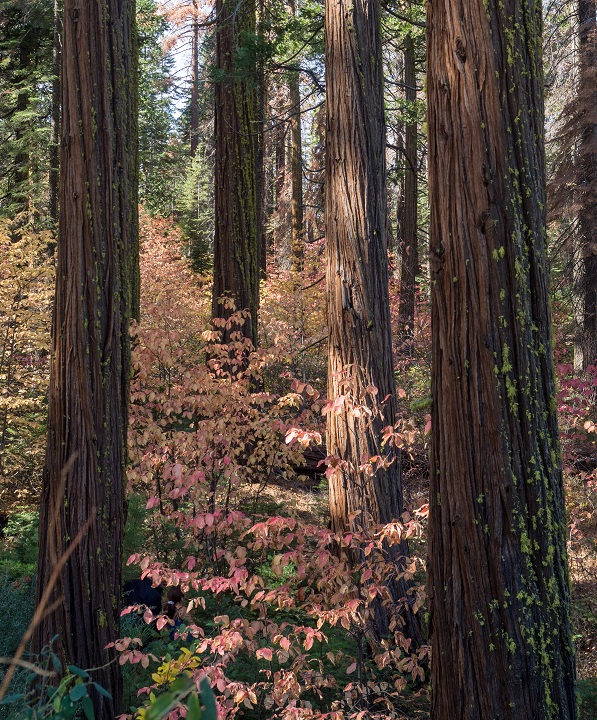 Cedars, Dogwood Hollow, Yosemite NP
Cedars, Dogwood Hollow, Yosemite NP by
Bill de Jager, on Flickr
A closeup of one of my favorite plants:
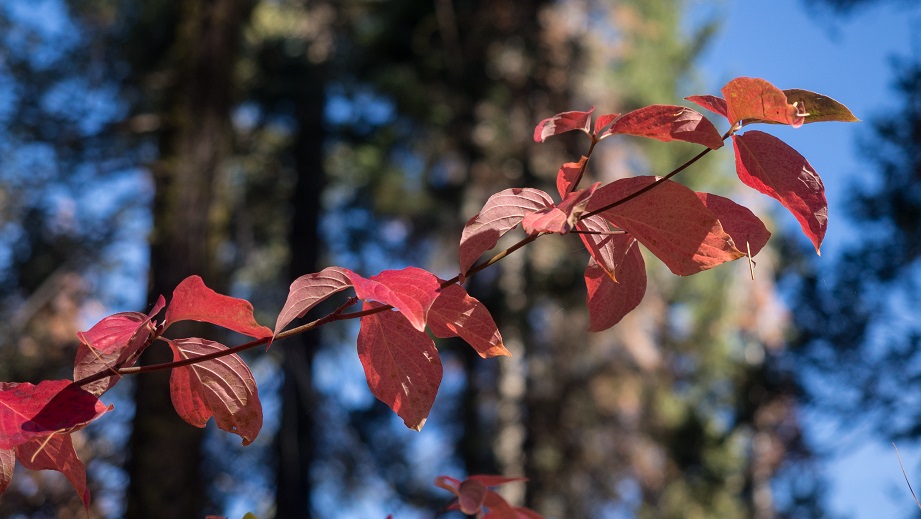 Dogwood Branch, Dogwood Hollow, Yosemite NP
Dogwood Branch, Dogwood Hollow, Yosemite NP by
Bill de Jager, on Flickr
Next was a turnout where I had stopped with my wife long ago in an April snowstorm that amazed her. Now there was no snow, but there was a large incense cedar with an offspring:
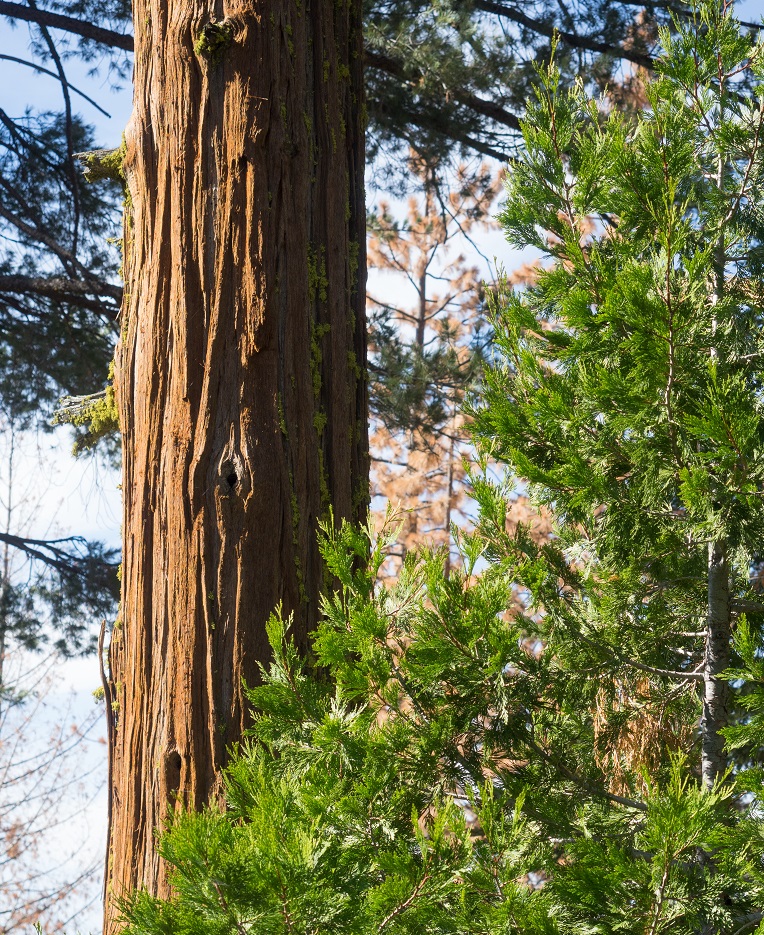 Cedars, The Turnout, Yosemite NP
Cedars, The Turnout, Yosemite NP by
Bill de Jager, on Flickr
This tree is often mistaken for the giant sequoia (
Sequoiaendron giganteum) due to somewhat similar bark. The dead trees are pines killed by bark beetles, insects which burrow through the cambium layer under the bark, eventually girdling the tree and killing it. The ongoing drought has killed over 100 million trees in California, mostly via bark beetles. You'll be seeing plenty of apparently healthy vegetation in these photographs due to recent increases in rain and snow, but the drought isn't over yet.
My third stop was at a former campground, now closed for about 40 years, named Smoky Jack. I'd long been curious about this place I'd never camped at, and having recently located its former entrance I now went there to explore around.
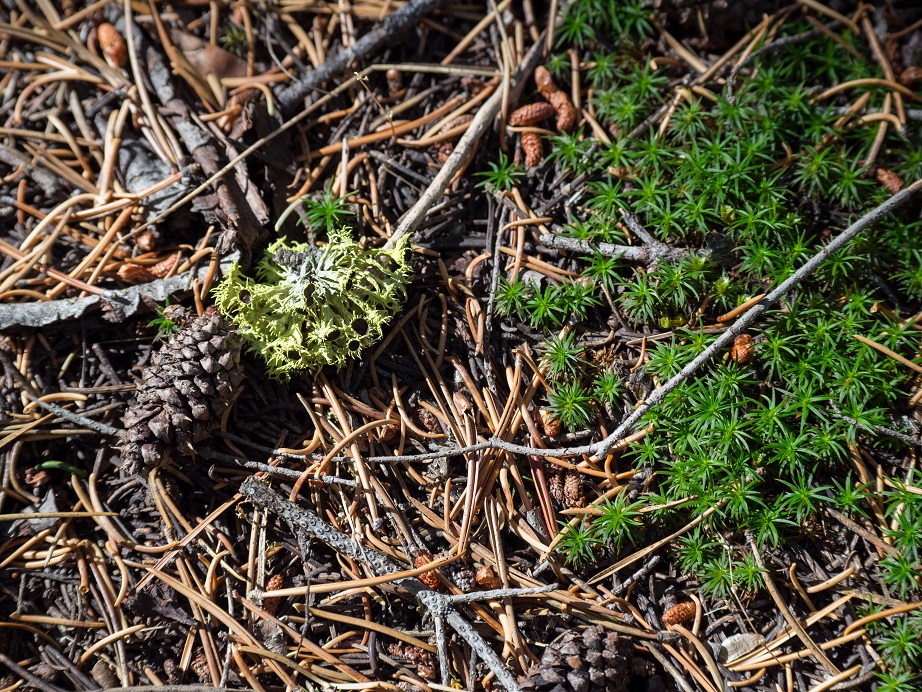 Forest Floor #1, Smoky Jack, Yosemite NP
Forest Floor #1, Smoky Jack, Yosemite NP by
Bill de Jager, on Flickr
 Forest Floor #2, Smoky Jack, Yosemite NP
Forest Floor #2, Smoky Jack, Yosemite NP by
Bill de Jager, on Flickr
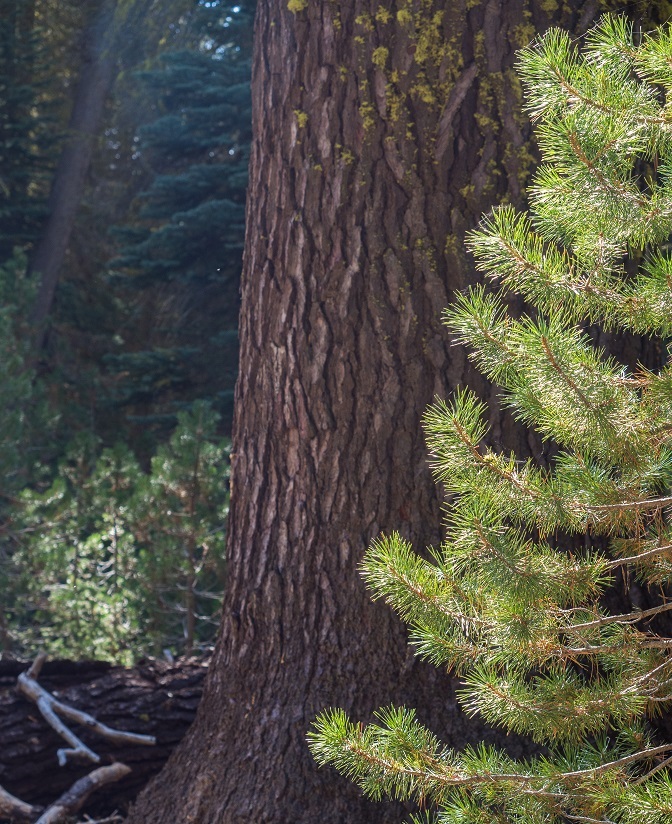 Pine and Fir, Smoky Jack, Yosemite NP
Pine and Fir, Smoky Jack, Yosemite NP by
Bill de Jager, on Flickr
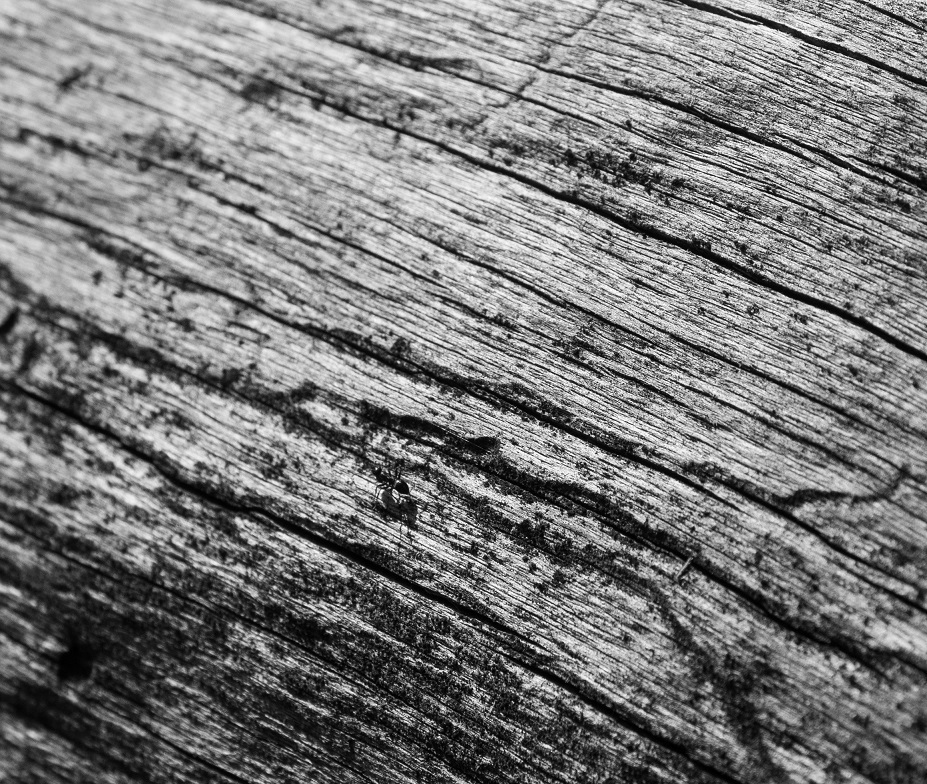 Ant and Wood, Smoky Jack, Yosemite NP
Ant and Wood, Smoky Jack, Yosemite NP by
Bill de Jager, on Flickr
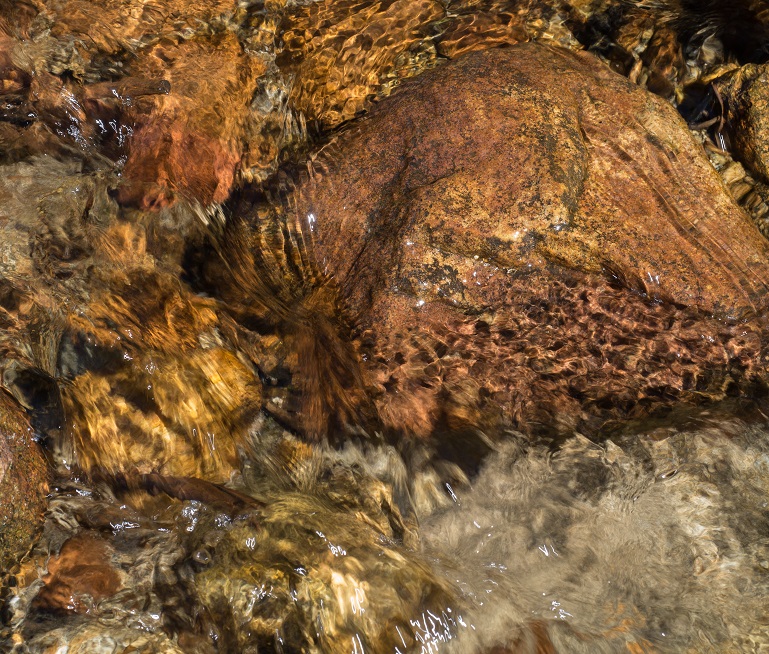 Creek #1, Smoky Jack, Yosemite NP
Creek #1, Smoky Jack, Yosemite NP by
Bill de Jager, on Flickr
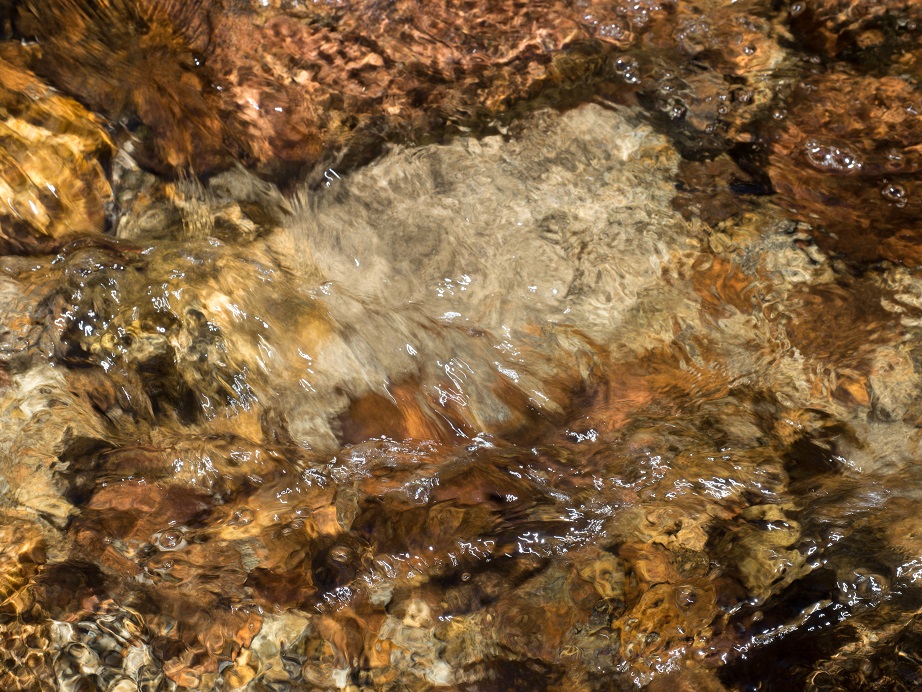 Creek #2, Smoky Jack, Yosemite NP
Creek #2, Smoky Jack, Yosemite NP by
Bill de Jager, on Flickr
I'll have much more in time.